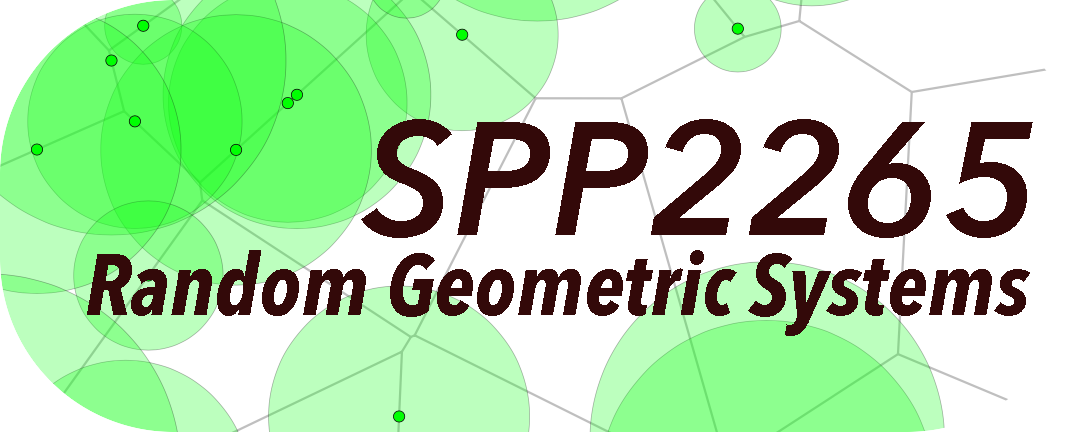P34
Spread of an infection in a time evolving structured population
Description Phase 2
Mathematical models to describe the spread of particles in a structured population
or network are highly relevant in multiple disciplines such as
biology, physics and computer science. To understand the course of an epidemic,
the spread of a computer virus in a network or the dissemination of
misinformation in social media are crucial challenges in modern society.
These processes heavily depend on the spatial structure, which is often
described by a graph. An effect which is often neglected, is that in reality this
structure is not fixed and evolves as time progresses. Thus, it is a natural
choice to consider interacting particle systems on dynamical graphs. Our
focus lies on the contact process, which is a benchmark for models of the
spread of an infection in a structured population. The overarching goal of this
proposal is to gain more insight about the contact process on dynamical
graphs. We formulate three concrete objectives. In two of them the underlying
graph is an infinite transitive graphs with bounded degree. The goal of
the first objective is to find the asymptotic shape and the expansion speed of
the infection region and the second objective is a better understanding of
immunization effects that may occur in these models. Here immunization
means that the dynamical graph structure forces the infection to go extinct
no matter how high the infection rate is. The third objective deals with finite
graphs. Our aim is to understand the metastable behaviour of a contact process
on a dynamical configuration model with a power law degree distribution
and identify the influence of the dynamical graph structure.


